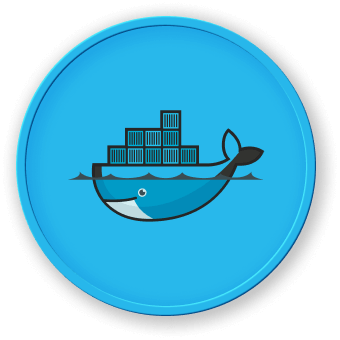Troubleshooting Connectivity Issues
If you encounter issues with the connectivity between your Docker containers, there are several steps you can take to identify and resolve the problem.
Check Container Network Configuration
Ensure that the containers are connected to the same Docker network. You can use the docker network ls command to list all the available networks, and the docker network inspect command to inspect the details of a specific network.
## List available networks
docker network ls
## Inspect a network
docker network inspect my-network
Verify that the containers are attached to the correct network and that the network configuration is correct.
Inspect Container Logs
As mentioned earlier, checking the container logs can provide valuable information about any network-related issues. Use the docker logs command to view the logs for the affected containers.
## View logs for a container
docker logs container1
Look for any error messages, warnings, or network-related information that could help you identify the root cause of the connectivity problem.
You can use various diagnostic tools to troubleshoot connectivity issues between Docker containers. For example, you can use the ping, telnet, or nc (netcat) commands to test the connection between containers.
## Ping from one container to another
docker exec container1 ping -c 4 container2
## Use netcat to test a connection
docker exec container1 nc -vz container2 80
These tools can help you determine if the issue is related to network configuration, firewall settings, or other factors.
Check for Network Conflicts
Ensure that there are no network conflicts or overlapping IP addresses that could be causing the connectivity issues. You can use the docker network inspect command to check the IP address range and subnet configuration for the Docker network.
## Inspect a network
docker network inspect my-network
If you identify any conflicts or overlapping IP addresses, you may need to reconfigure the network settings or create a new network to resolve the issue.
By following these troubleshooting steps, you should be able to identify and resolve most connectivity issues between your Docker containers.




